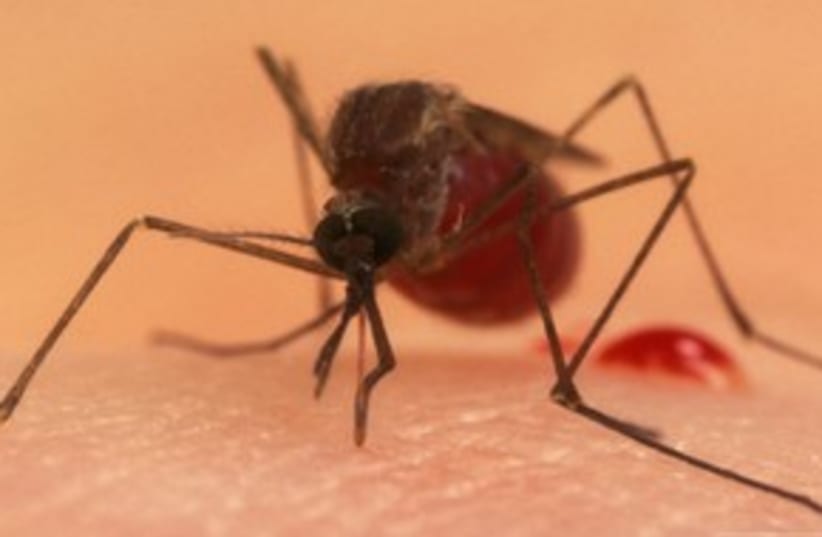If you like eating rice, prefer the whole-grain type to white rice to significantly reduce the risk of developing type 2 diabetes, according to a study published recently in the BMJ (British Medical Journal). The authors from the Harvard School of Public Health conducted a metaanalysis based on studies conducted in the US, Australia, China and Japan. Their study aimed at finding out whether this risk was dependent on the amount of rice consumed and if the association was stronger for the Asian population, who tend to eat more white rice than the Western world. All participants were free of diabetes at study baseline.White rice is the predominant type of rice eaten worldwide and has high glycemic index (GI) values; high GI diets are associated with an increased risk of developing type 2 diabetes. The average amount of rice eaten varies widely between Western and Asian countries, with the Chinese population eating an average of four portions a day while those in the Western world eat less than five portions a week.A significant trend was found in both Asian and Western countries with a stronger association found among women than men. The results also show that the more white rice eaten, the higher the risk of type 2 diabetes: the authors estimate that the risk of type 2 diabetes is increased by 10 percent with each increased serving of white rice. White rice has a lower content of nutrients than brown rice including fiber, magnesium and vitamins, some of which are associated with a lower risk of type 2 diabetes.The authors report, therefore, that a high consumption of white rice may lead to increased risk because of the low intake of these nutrients.The authors conclude that a higher white rice intake associated with a significantly elevated risk of type 2 diabetes applies for both Asian and Western cultures, “although due to findings suggesting that the more rice eaten the higher the risk, it is thought that Asian countries are at a higher risk. “They recommend eating whole grains instead of refined carbohydrates such as white rice, which they hope will help slow down the global diabetes epidemic.However, even though there is certainly no danger in following the advice, Dr. Bruce Neal from the University of Sydney writes in an accompanying editorial that more and larger studies are needed to substantiate the research hypothesis.
Health Scan: Higher malaria risk for elderly tourists
Elderly tourists to countries with endemic malaria at higher risk of death than younger ones.

If you like eating rice, prefer the whole-grain type to white rice to significantly reduce the risk of developing type 2 diabetes, according to a study published recently in the BMJ (British Medical Journal). The authors from the Harvard School of Public Health conducted a metaanalysis based on studies conducted in the US, Australia, China and Japan. Their study aimed at finding out whether this risk was dependent on the amount of rice consumed and if the association was stronger for the Asian population, who tend to eat more white rice than the Western world. All participants were free of diabetes at study baseline.White rice is the predominant type of rice eaten worldwide and has high glycemic index (GI) values; high GI diets are associated with an increased risk of developing type 2 diabetes. The average amount of rice eaten varies widely between Western and Asian countries, with the Chinese population eating an average of four portions a day while those in the Western world eat less than five portions a week.A significant trend was found in both Asian and Western countries with a stronger association found among women than men. The results also show that the more white rice eaten, the higher the risk of type 2 diabetes: the authors estimate that the risk of type 2 diabetes is increased by 10 percent with each increased serving of white rice. White rice has a lower content of nutrients than brown rice including fiber, magnesium and vitamins, some of which are associated with a lower risk of type 2 diabetes.The authors report, therefore, that a high consumption of white rice may lead to increased risk because of the low intake of these nutrients.The authors conclude that a higher white rice intake associated with a significantly elevated risk of type 2 diabetes applies for both Asian and Western cultures, “although due to findings suggesting that the more rice eaten the higher the risk, it is thought that Asian countries are at a higher risk. “They recommend eating whole grains instead of refined carbohydrates such as white rice, which they hope will help slow down the global diabetes epidemic.However, even though there is certainly no danger in following the advice, Dr. Bruce Neal from the University of Sydney writes in an accompanying editorial that more and larger studies are needed to substantiate the research hypothesis.